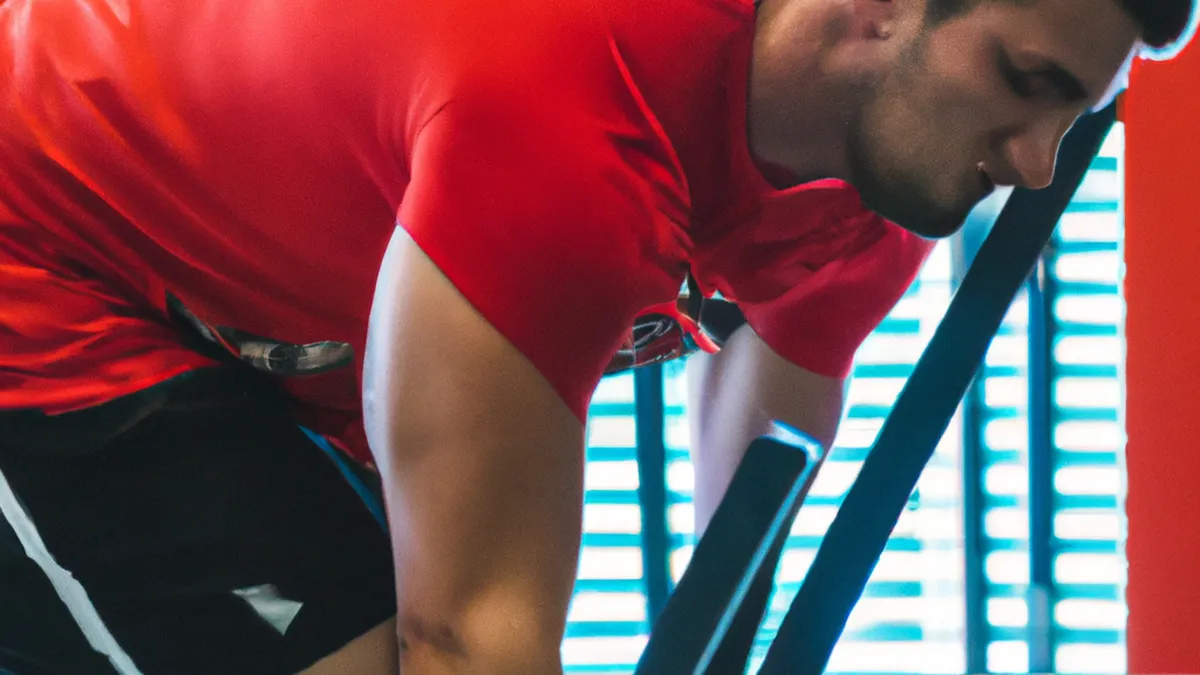Rev Up Your Performance through Movement Prep
Dynamic Warm-Up for Velocity TrainingVelocity training enhances athletes’ speed, explosiveness, and overall performance. Before rigorous workouts, a proper warm-up prepares the body. Dynamic warm-ups activate muscles, increase heart rate, and reduce injury risk. This article explains dynamic warm-ups for velocity training, highlighting their importance and detailing effective exercises.
Understanding Dynamic Warm-Ups
Dynamic warm-ups include movement-based exercises that actively engage the body. These exercises raise heart rate, improve mobility, and activate muscles used in training or competition. Unlike static stretching, dynamic movements simulate sport-specific actions, preparing your body for intensity.
Key Components of a Dynamic Warm-Up
A successful dynamic warm-up includes mobility, strength activation, and sport-specific movements. Here are effective exercises for your dynamic warm-up routine:1. **Leg Swings**: Stand by a wall for support. Swing one leg forward and backward. Perform 10-15 swings per leg to increase hip mobility and warm up hamstrings.2. **High Knees**: Jog in place, bringing knees to hip level. Keep your core engaged. Perform for 30 seconds to elevate heart rate and activate hip flexors.3. **Walking Lunges**: Step forward into a lunge, keeping your front knee over your ankle. Alternate legs for 10-12 reps, engaging glutes, quadriceps, and hip flexors.4. **Butt Kicks**: Jog in place and kick heels towards glutes. Perform for 30 seconds to activate hamstrings and improve flexibility.5. **Arm Circles**: Stand with feet shoulder-width apart. Extend arms and make small circles, gradually increasing size. Perform for 30 seconds in each direction to warm up shoulders.6. **Karaoke or Lateral Shuffles**: Move side-to-side, crossing one leg behind the other. Perform for 30 seconds, focusing on quick footwork to prepare for lateral motion.7. **Bounding**: Take long, powerful strides forward. Land softly on your feet to mimic explosive sprinting movements.
Conclusion
As an Amazon Associate I earn from qualifying purchases.
Gear tip: consider compression socks, power meter, and compression sleeves to support this topic.
Dynamic warm-ups effectively prepare athletes for velocity training, enhancing performance and reducing injury risk. Incorporate these exercises into your routine.
Below are related products based on this post:
FAQ
What is the purpose of a dynamic warm-up?
A dynamic warm-up prepares the body for rigorous workouts by activating muscles, increasing heart rate, and reducing the risk of injury. It engages the body through movement-based exercises that simulate sport-specific actions.
What are some effective exercises for a dynamic warm-up?
Effective exercises for a dynamic warm-up include leg swings, high knees, walking lunges, butt kicks, arm circles, karaoke or lateral shuffles, and bounding. These exercises focus on mobility, strength activation, and preparing the body for intense physical activity.
How does a dynamic warm-up differ from static stretching?
Dynamic warm-ups involve movement-based exercises that actively engage the body, while static stretching involves holding positions to stretch muscles. Dynamic movements are designed to elevate heart rate and prepare the body for intensity, making them more effective before workouts.















Post Comment